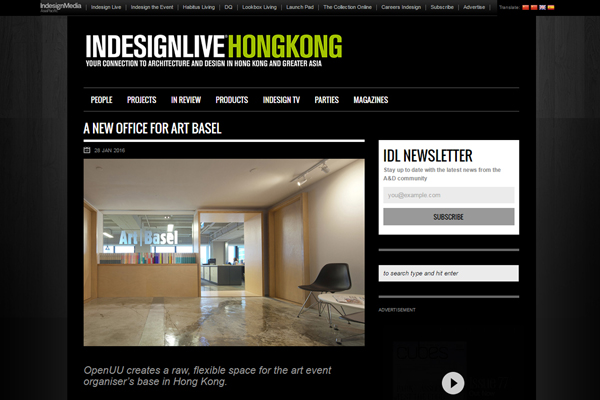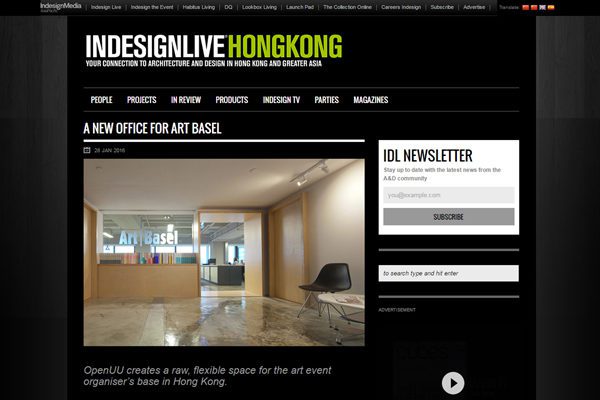When engaging in office renovation for startups, different factors come in to play than in other fields of design. Not only does the startup sector come with different needs in office space, it also demands an entirely different business model. Success in this sector relies on meeting demands in both of these area. According to one design company,
“The industry standard is to take almost every client over budget … (our) whole idea is that when you’re not working on commission, your incentive is to get the best deal for your client.”
A pricing model that lets businesses know what they are paying for and holds to a contract’s time and rate guarantees presents an attractive option for startups. Because their design space can be so novel, a transparent contract becomes almost necessary to acquiring startup business.
The design for a startup can be almost oppositional to a traditional work space. Often times, designs try to mimic a home-like environment in order to encourage employees to spend as much time at work as possible. This doesn’t necessarily focus on the traditional types of work space such as desks and office units, instead incorporating relaxing environments. It’s not atypical to see a design incorporate couches, rest space, and music rooms into the structure of an office.
In terms of work space, designs usually take into account the group work nature of the modern startup. Meeting and breakout rooms form the bones of the office, but can also be accompanied by large living-type rooms and drink bars for socializing. The latest craze is inserting hidden rooms behind bookcases or closets for resting.
In the competition for the most qualified employees, office design can swing the weight in the favor of ‘cool’ office space. Combined with a straightforward pricing model, design companies have the key to recruiting the modern startup.
To learn more about designing for startups, contact us.


